 What do you picture when you think of good storytelling?
What do you picture when you think of good storytelling?
- J. K. Rowling’s magical Harry Potter series?
- Steven Speilberg’s terrifying interpretation of Jaws?
- Business writing in the 21st century?
Okay, that last one is probably not on the top of your list. But it could be. Everyone loves a good story. Who says it must be limited to the fictional world?
Why Storytelling in Business Writing?
A good story cascades across the social media universe like a whitewater rapids ride. It lures in readers, eager to learn what happens next; transforming the mundane to enchanting.
After the last few pandemic years, who wouldn’t appreciate escaping to another world?
When it is so difficult to capture the attention of your readers, storytelling hits pause on the rapid scroll. But you want your audience to do more than pause and the following 5 tips can help.
1. Master the secret to storytelling.
Emma Coates is a former story artist from Pixar. She wrote a series of tweets that became known as Pixar’s 22 Rules of Storytelling. Check it out as it contains fabulous tips.
But if I had to peg one concept as the secret to making storytelling work, it’s connecting emotionally.
- Any of us can tell a story with a beginning, middle, and end.
- Good storytellers bond with their readers through a shared feeling.
- Storytellers tap into our emotions.
Master Storyteller
Steve Jobs is recognized as a master storyteller. That’s an awesome trait for relating technology to people who don’t understand its mechanics – or even those who do.
When you watch some of his earlier pitches, you pick up on a pattern he used to excite his audience.
- Talk about where we’re at.
- Review what’s standing in our way of something better.
- Show how your product makes it better.
Now, that sounds pretty bland. But that’s where the emotion part comes in. The following example of when Steve Jobs introduced the iPod illustrates how this works.
Where we’re at
Already Jobs has his audience thinking about the music they love. Maybe status quo isn’t so great after all. Maybe there’s a better way.
Then he goes on to describe “the landscape” of where we’re at. The graphic below is a screenshot from his presentation.
What’s standing in our way
Jobs tells the audience that the last line of the screenshot (the hard drive) is where Apple wants to be – 1000 songs with a low cost per song. But it has its limitations.
“How many times have you gone on the road with a CD player and said, ‘Oh, God, I didn’t bring the CD I wanted to listen to’? To have your whole music library with you at all times is a quantum leap in listening to music.”
The audience wants to take the leap with Apple. Next, Jobs reviews the major breakthroughs in iPod that is going to make the music listening experience better.
How your product makes it better
Jobs stirs the embers of the audience’s desire for something better. Although many may not have known they wanted a better music listening experience. He holds up an iPod that he describes for his audience.
- It has a 5 gigabyte drive that will hold 1000 songs.
- And it is fast – “can download an entire CD into iPod in 5 to 10 seconds.”
- The iPod is ultra-portable…the size of a deck of cards.
But it is his next line that puts the audience in the palm of his hand – right next to his iPod.
“So, this amazing little device holds 1000 songs and goes right into my pocket.”
Steve Jobs made his audience feel like he was right there with them, looking for a better way to listen to music. He made it personal. Together, they would find a better way.
Take an emotional journey with your audience and together you capture something better.
2. Hook ‘em early with a great opening.
Think back to the last great book you read or a riveting movie you watched. When did you get hooked? Chances are it was right from the start.
You’ve probably heard the goldfish tops humans in the attention span department. Humans want it now or we move on. Think about that when you tell your next story.
The opening hook
I heard Alex Sheen, the founder of because I said I would, speak at a conference. His presentation moved me like few I’ve seen. The History page at his company’s site gives you an idea why Alex had such an impact.
Alex shared this story in his opening. Hooked me right there. That’s a history lesson we don’t mind reading or listening to.
3. Entice your audience to stick around.
Remember that great book or movie? I bet you’ve read or seen stories that start out great, then fizzle like the dying tail of a firework. Like a mystery story where you figure out an ending or whodunnit long before the story ends. It spoils the fun.
Great storytellers know how to pace themselves. Entice your audience to stick around by introducing new ideas and a few surprises.
If you want to entice your audience, throw in something unexpected.
- Funny stories or anecdotes (if done well)
- A twist they did not see coming
- Rewards or gifts for hanging in there
Was the “expert” who showed up in this video expected? Not by the group of workers in the story and probably not by those who viewed this March for Our Lives ad. This story presents several unexpected twists that reinforces an emotional connection to the story. Powerful.
4. Reel them in with a happy ending (sort of).
Did you see the movie, Sixth Sense (the, “I see dead people” one)? How about that ending? I won’t spoil it for those who never saw it.
Besides being a great example of pacing and suspense, the ending is probably not your idea of happy. But, that’s why I chose it as an example.
A happy ending in storytelling is not necessarily the classic fairytale ending. It could be tragic but have a tremendous impact on your audience – like the Sixth Sense movie. Few people saw that one coming.
In fact, happy endings in business storytelling teeter on phony. You know the ones I’m talking about.
John took our course, applied its ideas, and lived happily ever after as a multimillionaire. And you can, too.
Your story’s ending should leave your audience satisfied. Whether that’s a happy ending, a cliffhanger, or clear closure, the ending should be one they accept. Nothing worse than an ending that is a giant splat of dissatisfaction.
Master Class offers 6 types of story endings. In a future post, I’ll put a business spin on those ideas and provide you with examples.
5. Leave your audience wanting more.
The final tip for becoming a better business storyteller is to be like a stellar book series – always leave your audience wanting more.
Ben & Jerry’s hits great storytelling on so many levels. When you’ve been around since 1978 in a competitive market like ice cream, you must be doing something right.
Each of their ice cream flavors has a story (like those illustrated below).
When you have great stories and a superb product, you leave your audience wanting more.
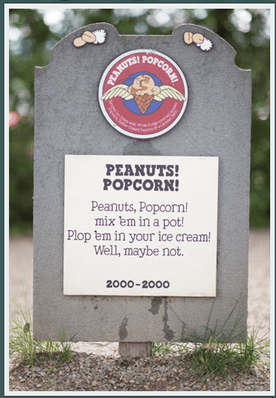 That’s not to say Ben & Jerry’s never had a failure. But they even made a great story out of failures. The company created its Flavor Graveyard where discontinued flavors are buried – but with a chance of resurrection.
That’s not to say Ben & Jerry’s never had a failure. But they even made a great story out of failures. The company created its Flavor Graveyard where discontinued flavors are buried – but with a chance of resurrection.
Gotta love it.
Better Business Storytelling
A sure cure for boring business communication is a good story. You don’t need to be a master, just be you. Tell your story – we all have them.
- Master the secret of an emotional connection.
- Hook your audience from the start with a great opening.
- Entice them to stick around with new ideas and a few surprises.
- Seal the deal with an ending that your audience accepts as real.
- Leave your audience wanting more.
What great business stories have you experienced? Any tips you’d add? Share your thoughts in Comments.
====================
Helping you Keep it simple, clear & uniquely yours
=====================
Image credit – Bigstock Photo
Graphics credit – Canva

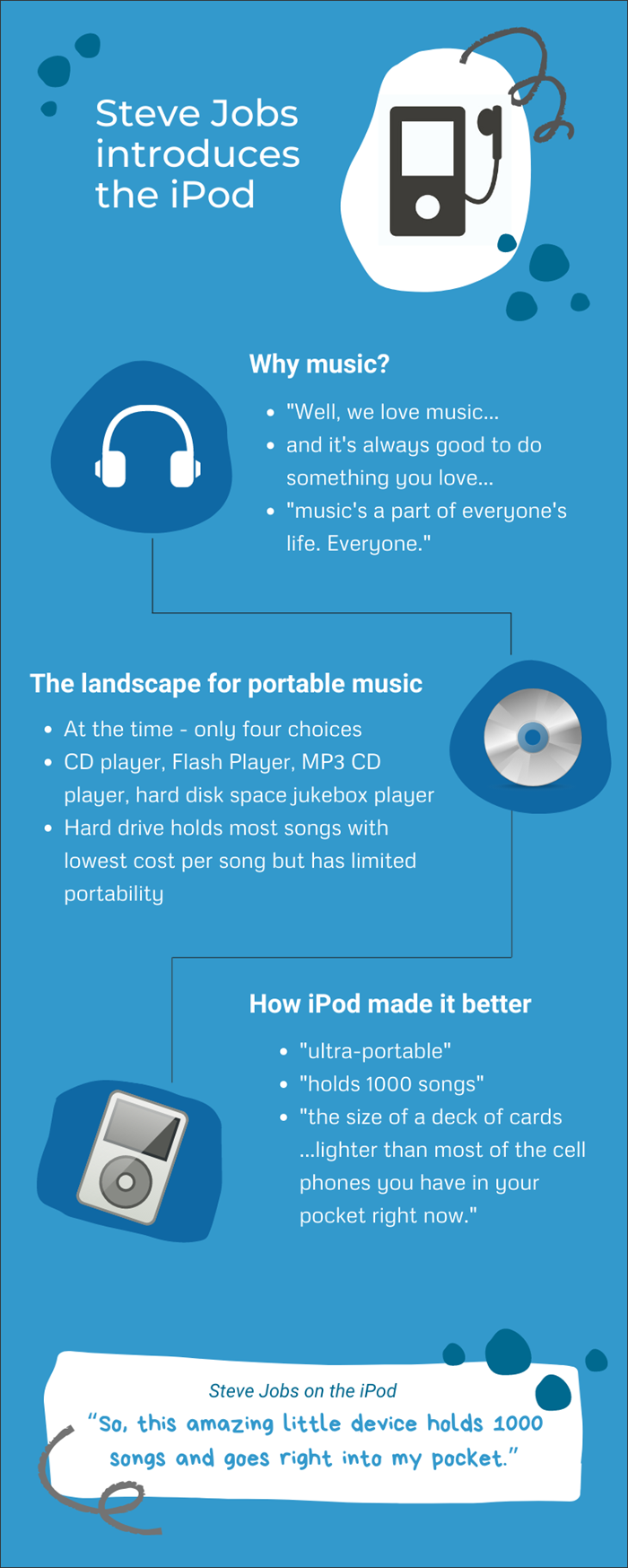
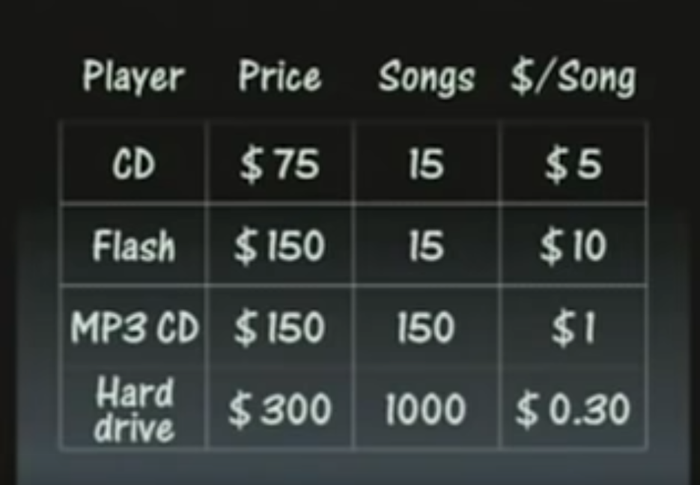
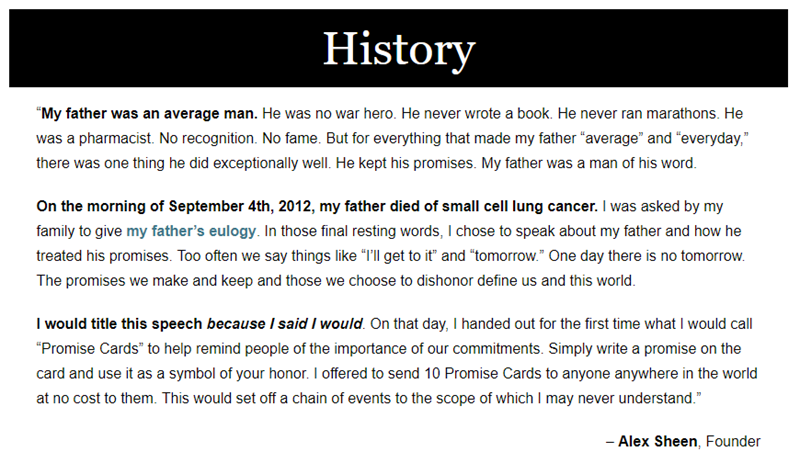
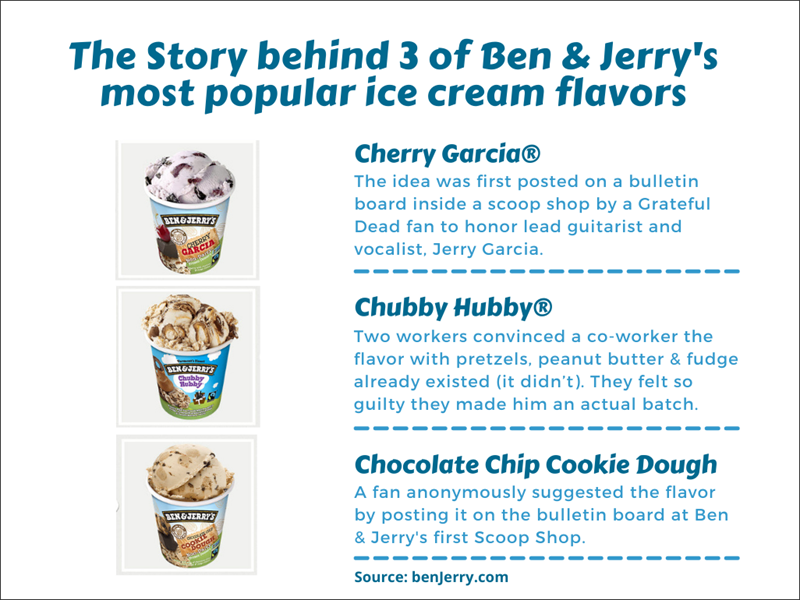

Cathy, I can’t think of anything to add. You seem to have it pretty well covered! Wait, how about “Practice”? We have to keep at it until we become comfortable with our style.
By the way, Kayleigh’s lesson brought a tear to my eye. Great example!
Cheers,
Mitch
Great addition, Mitch! “Keep at it until we become comfortable with our style.” Love that!
I agree. Kayleigh’s lesson really hit me. Thanks, as always, Mitch, for your thoughtful comments.
You’re welcome, Cathy!
Cheers,
Mitch